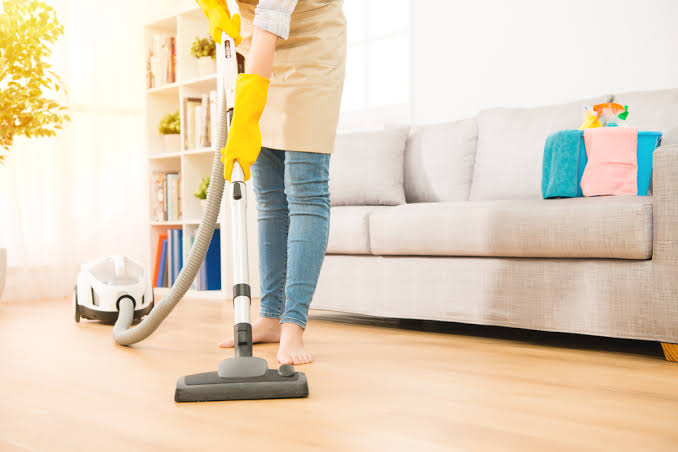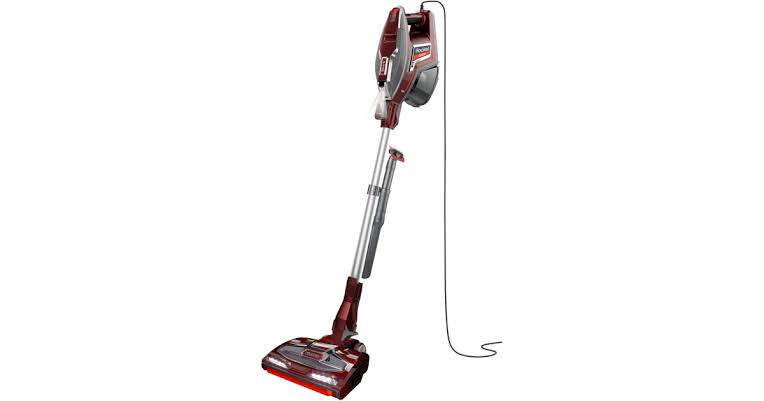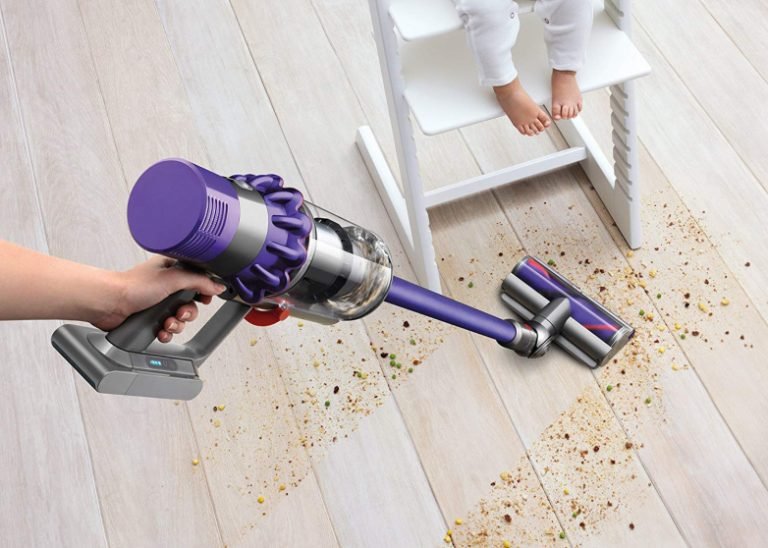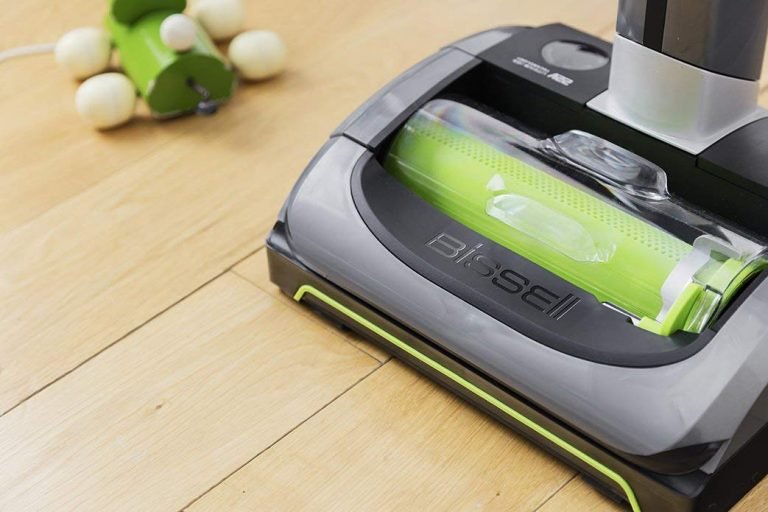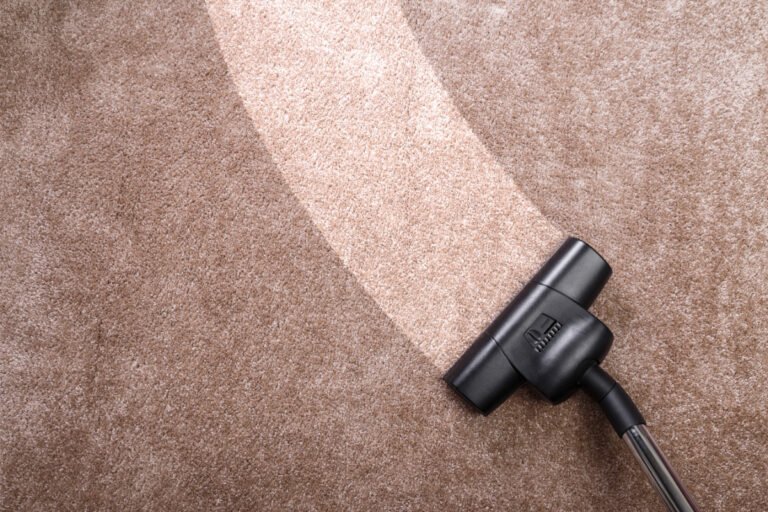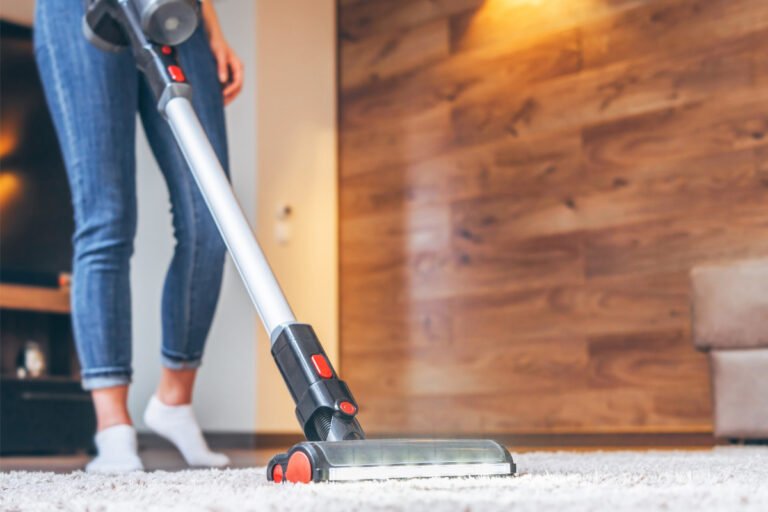Safeguard Your Clean: Essential Vacuum Cleaner Safety Precautions

Have you ever experienced the frustration of a messy living room or a carpet covered in crumbs? Imagine this scenario: it’s a Saturday morning, and you’re determined to tackle the household chores. Armed with your trusty vacuum cleaner, you dive into the task, determined to restore order and cleanliness to your home. But wait! Have you considered the importance of vacuum cleaner safety precautions? It may not be the first thing that comes to mind when you think of cleaning, but ensuring your safety and the safety of those around you is crucial.
From unplugging the vacuum before maintenance to avoiding the entanglement of cords, these precautions may seem obvious, but they are often overlooked. In this article, we will explore the indispensability of vacuum cleaners in modern households and delve into the importance of implementing vacuum cleaner safety precautions for efficient and secure cleaning.
The Vital Role of Vacuum Cleaner Safety
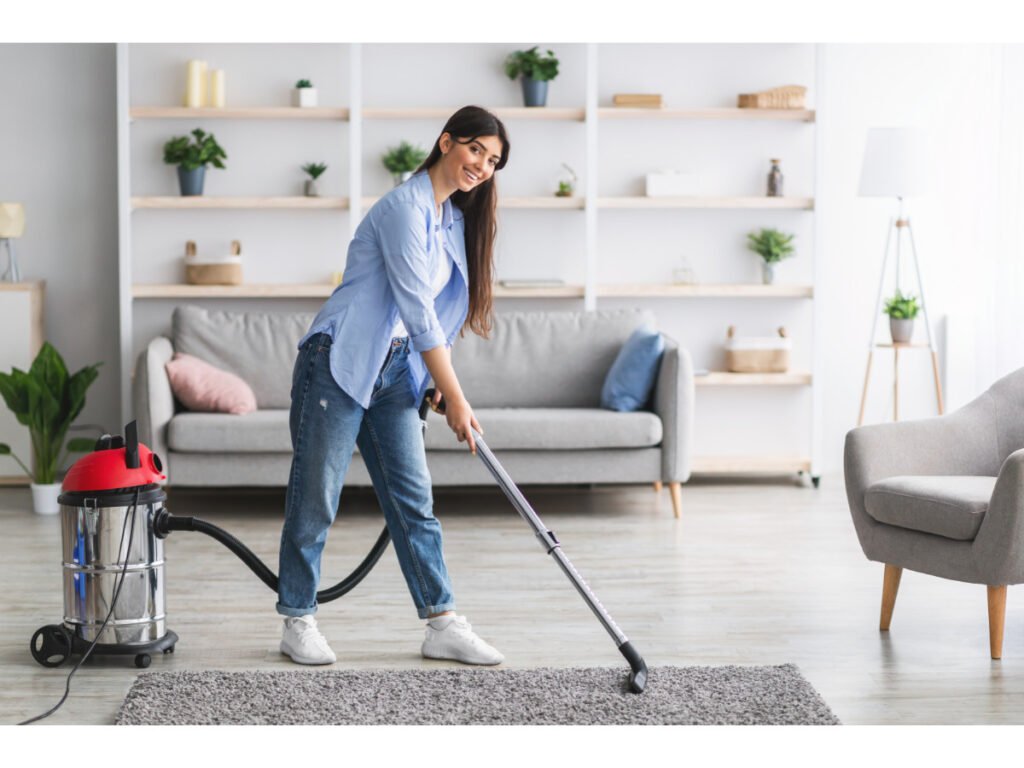
When we think of vacuum cleaners, we often focus on their ability to suck up dirt and debris. However, it’s essential to recognize that this powerful suction can result in unexpected hazards. One common danger is the entanglement of cords, leading to tripping or even electrical accidents. Additionally, unattended vacuum cleaners can be a magnet for curious children or pets, increasing the risk of accidents and injuries. By understanding these potential dangers, we can take proactive steps to ensure our safety and the safety of those around us.
Understanding Your Vacuum Cleaner

Vacuum cleaners come in various shapes, sizes, and styles, each designed to cater to specific cleaning needs. Let’s take a closer look at some of the most common types and their distinguishing features:
- Upright Vacuums: These are the classic vacuum cleaners that most are familiar with. They feature a standing design, making them easy to maneuver around the house. Upright vacuums typically boast powerful suction capabilities and often come with attachments for different surfaces and tasks.
- Canister Vacuums: Canister vacuums consist of a separate canister unit connected to a wand and a hose. This design provides excellent versatility and allows easy cleaning of hard-to-reach areas and stairs. Canister vacuums are often lightweight and quieter compared to their upright counterparts.
- Stick Vacuums: Ideal for quick cleanups and smaller spaces, stick vacuums are slim and lightweight. They are convenient for tackling light messes on hard floors or low-pile carpets. While they may lack the suction power of larger models, their compact size and maneuverability make up for it.
- Robot Vacuums: Embracing the wonders of technology, robot vacuums have become increasingly popular. These autonomous cleaners navigate your home, utilizing sensors to avoid obstacles and efficiently clean your floors. Although they may not reach every nook and cranny, they offer a hands-free cleaning experience.
─Main Components and Potential Safety Hazards─
Now that we have a general understanding of vacuum types let’s explore the main components of a vacuum cleaner and the potential safety hazards associated with them:
■Suction Power:
The heart of any vacuum cleaner is its suction power. Choosing a vacuum with sufficient suction is essential to pick up dirt and debris from your floors effectively. However, be mindful of excessive suction on delicate surfaces, as it may cause damage.
■Filtration System:
Vacuum cleaners often feature filtration systems to trap dust and allergens, enhancing indoor air quality. Regularly cleaning or replacing filters ensures optimal performance and prevents the release of particles back into the air.
■Power Cord:
The power cord is crucial, allowing us to connect our vacuum cleaners to a power source. However, it can also pose a tripping hazard if not properly managed. Be sure to unwind the cord fully and keep it away from high-traffic areas to prevent accidents.
■Brushes and Attachments:
Vacuum cleaners come equipped with various brushes and attachments designed for specific tasks, such as upholstery cleaning or pet hair removal. While these accessories enhance the versatility of your vacuum, it’s important to use them correctly and with caution to avoid damaging surfaces or getting entangled.
Understanding your vacuum cleaner’s features is essential for efficient and safe cleaning. By familiarizing yourself with the common types of vacuum cleaners and their distinguishing features, you can choose the best model for your needs. Additionally, being aware of the main components and potential safety hazards allows you to take precautions and maintain a safe environment while using your vacuum cleaner.
Vacuum Cleaner Safety Precautions

Now that you know the basics of how a vacuum cleaner works and its main components, let’s discuss some important safety precautions to keep in mind while using one. These tips will help you avoid accidents, prolong the lifespan of your vacuum cleaner, and ensure optimal cleaning results.
🔵Proper Handling Techniques to Prevent Accidents
When using a vacuum cleaner, practicing proper handling techniques is crucial to avoid accidents or injuries. Here are some essential tips to keep in mind:
- Maintain a firm grip: Hold the vacuum cleaner securely, ensuring a stable grip to prevent slipping or falling.
- Watch your posture: Stand upright and maintain good posture while vacuuming to minimize strain on your back and muscles.
- Use proper lifting techniques: When moving the vacuum cleaner or transporting it up or down stairs, lift your leg muscles rather than rely solely on your back, reducing the risk of strains or injuries.
- Take breaks: If you have a large cleaning task ahead, remember to take regular breaks to prevent fatigue and strain on your muscles.
🔵Cord Management to Avoid Tripping Hazards
The power cord of a vacuum cleaner can present a potential tripping hazard if not properly managed. Here are some guidelines to follow for cord management:
- Unwind fully: Before starting your cleaning session, unwind the power cord fully to prevent tangles and reduce the risk of tripping.
- Be aware of placement: Place the vacuum cleaner near an electrical outlet to minimize the length of the cord exposed and avoid stretching it across walkways or high-traffic areas.
- Secure the cord: Use cord clips or hooks to secure the power cord safely and keep it away from the vacuum cleaner’s path to prevent accidental entanglement.
- Store properly: When you’re done cleaning, ensure the power cord is neatly stored, avoiding knots or kinks that could cause damage or create hazards in the future.
🔵Right Attachments and Accessories for Specific Tasks
Vacuum cleaners often come with various attachments and accessories designed for specific tasks. Using the right tools ensures effective cleaning and helps prevent accidents. Here’s why it’s important:
- Protect delicate surfaces: Soft brush attachments are ideal for cleaning delicate surfaces like curtains, lampshades, or upholstery, preventing scratches or damage caused by more abrasive attachments.
- Tackle hard-to-reach areas: Extension wands and crevice tools enable you to reach narrow or tight spaces, such as corners, under furniture, or between appliances, without straining or risking injury.
- Pet hair removal: If you have furry friends at home, specialized pet hair attachments can help effectively remove pet hair from carpets, furniture, and other surfaces, reducing the risk of allergies or asthma triggers.
- Regular maintenance: Follow the manufacturer’s instructions for cleaning and maintaining your attachments, ensuring they function properly and don’t become a safety hazard themselves.
Adopting vacuum cleaner safety precautions is crucial for maintaining a clean and safe home environment. You can prevent accidents and protect yourself and your home by practicing proper handling techniques, managing cords effectively, and using the right attachments and accessories for specific tasks.
Electrical Safety Measures

Aside from the general safety precautions, it is important to consider electrical safety when using a vacuum cleaner. Here are some measures you can take to ensure safe usage:
Checking and Maintaining Power Cords for Wear and Tear
Power cords are an integral part of a vacuum cleaner, providing the necessary electricity to operate the device. To ensure electrical safety, it’s essential to regularly check and maintain the power cord, especially for signs of wear and tear. Here’s what you need to do:
- Visual inspection: Inspect the power cord for fraying, exposed wires, or damage. If you notice any issues, refrain from using the vacuum cleaner until the cord is repaired or replaced.
- Proper storage: Avoid wrapping the cord tightly around the vacuum cleaner when not in use, as this can lead to kinks or damage. Instead, loosely coil the cord and secure it with a Velcro strap or cord organizer to prevent unnecessary strain.
- Avoid extension cords: Whenever possible, plug your vacuum cleaner directly into a wall outlet. If you must use an extension cord, ensure it is in good condition, rated for the appropriate wattage, and meets safety standards.
- Professional assistance: If you suspect any electrical issues with your vacuum cleaner, such as a loose connection or intermittent power supply, it is best to consult a qualified electrician or contact the manufacturer for assistance.
━Safe Practices for Plugging and Unplugging the Vacuum━
Proper plugging and unplugging techniques are essential to prevent electrical accidents and ensure the safe operation of your vacuum cleaner. Here are a few guidelines to follow:
- Hands dry and clean: Before plugging or unplugging the vacuum cleaner, ensure your hands are dry to avoid any risk of electrical shock. Additionally, ensure they are free from any dirt or debris that could interfere with the connection.
- Firm grip on the plug: When inserting or removing the plug from the outlet, firmly grasp the plug rather than pulling on the cord. It helps prevent strain on the cord and minimizes the risk of damage.
- Avoid yanking the cord: Never forcefully pull the cord to unplug the vacuum cleaner. Instead, gently but firmly grip the plug and steadily remove it from the outlet.
- Unplug when not in use: Always unplug the vacuum cleaner from the power source when you finish vacuuming or need to step away from the machine. This eliminates the risk of accidental activation or electrical hazards.
━Electrical Requirements and Limitations of Your Vacuum━
Every vacuum cleaner has specific electrical requirements and limitations that users should know. Understanding these aspects ensures safe and efficient operation.
- Wattage and voltage: Take note of your vacuum cleaner’s wattage and voltage specifications. Ensure the outlet you are using can handle the required voltage and not exceed the recommended wattage to prevent electrical overloads.
- Overheating prevention: Vacuum cleaners generate heat during operation, especially if used for extended periods. To prevent overheating, follow the manufacturer’s guidelines regarding usage time and allow the machine to cool down if necessary.
- Power limitations: Some vacuum cleaners may have limitations when using power-consuming accessories or attachments. Be mindful of these restrictions and avoid exceeding the recommended load to prevent damage or potential safety hazards.
Implementing electrical safety measures when using a vacuum cleaner is vital for maintaining a safe home environment. By regularly checking and maintaining power cords, following safe practices for plugging and unplugging, and understanding the electrical requirements and limitations of your vacuum, you can minimize the risk of accidents and ensure the well-being of your family. Remember, a clean home should also be a safe home, and by prioritizing electrical safety, you can enjoy a pristine living space with peace of mind.
Preventing Vacuum Cleaner Overheating
Overheating is a common issue with vacuum cleaners, potentially leading to serious malfunctions or damage. Recognizing the signs of overheating in your vacuum cleaner is crucial for preventing potential damage and ensuring its longevity. Here are some common indicators to watch out for:
❕Loss of suction:
If you notice a significant drop in suction power, it may be a sign that your vacuum cleaner is overheating. It can occur when excessive heat causes the motor to strain and lose efficiency. In this case, turning off the vacuum and allowing it to cool down before continuing use is important.
❕Burning smell:
A distinct burning smell coming from your vacuum cleaner is a clear indication of overheating. It could be caused by various factors, such as clogged filters, blocked airflow, or an overloaded motor. It’s best to turn off the vacuum and assess the situation before resuming use.
❕Automatic shut-off:
Some modern vacuum cleaners are equipped with a built-in safety feature that automatically shuts off the machine if it detects excessive heat. If your vacuum unexpectedly turns off during use, it may be due to overheating. Take this as a warning sign and allow the vacuum to cool down before using it again.
❕Hot exterior surfaces:
Touch the exterior surfaces of your vacuum cleaner while it is in operation. If they feel excessively hot to the touch, it suggests that the internal components are generating too much heat. It can be caused by a buildup of debris and dust in the motor or other parts, preventing proper airflow.
❕Preventing overheating in your vacuum cleaner:
Regular maintenance is key to preventing overheating in your vacuum cleaner. In addition to emptying the dustbin and cleaning the filters regularly, it’s important to check for any blockages in the hose or attachments. If you notice a drop in suction power, it’s best to stop and clean out any debris clogging the vacuum. Additionally, make sure to replace worn-out filters and belts as needed.
Proper storage is also crucial in preventing overheating. Always allow your vacuum cleaner to cool down before storing it away. Avoid keeping the vacuum in areas with high temperatures or direct sunlight, as this can also contribute to overheating.
Safety in Maintenance and Cleaning
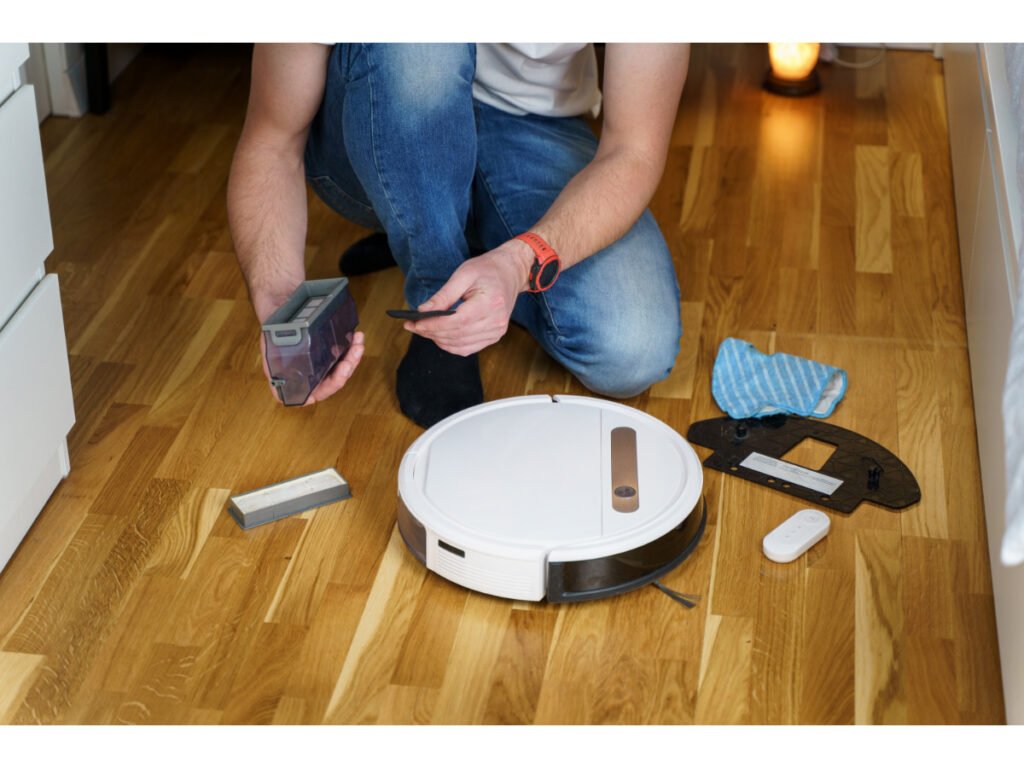
As with any appliance, following safety precautions when performing maintenance or cleaning on your vacuum cleaner is essential. However, following proper guidelines to protect yourself and avoid accidents is important. Here are some safety tips to consider:
- Disconnect the power source: Before beginning any maintenance tasks, ensure that your vacuum cleaner is unplugged from the power source. This eliminates the risk of accidental starts or electrical shocks while handling the components.
- Wear protective gloves: When cleaning filters, canisters, or brush rolls, consider wearing protective gloves to prevent direct contact with dust, dirt, or debris. It keeps your hands clean and reduces the risk of exposure to allergens or harmful substances.
- Follow manufacturer’s instructions: Consult the user manual or manufacturer’s guidelines for specific instructions on cleaning filters, canisters, and brush rolls. Different vacuum models may have variations in maintenance procedures, so following the recommended steps is essential to ensure safety and avoid damaging the components.
- Allow components to cool down: If your vacuum cleaner has been in use, allow the components, such as the brush roll or motor, to cool down before attempting maintenance. Hot components can cause burns or injuries, so exercise caution and patience.
- Prevent accidental starts: Even when the vacuum cleaner is turned off, there is still a possibility of accidental starts if it is plugged into an active power source. By unplugging the machine, you ensure it remains deactivated during maintenance, reducing the risk of injury.
- Avoid entanglement hazards: The brush roll or other rotating components may continue to move even when the vacuum cleaner is turned off. Disconnecting the power source eliminates the risk of accidental entanglement with moving parts, preventing injuries to fingers, hands, or clothing.
─Safe Disposal of Vacuum Waste and Debris─
Proper disposal of vacuum waste and debris is essential to maintain a safe and clean environment. Here are some tips for safe disposal:
✔️Use sealed bags or containers:
When emptying the dustbin or canister, use sealed bags or containers to prevent particles from becoming airborne. This reduces the risk of inhaling dust or allergens and keeps your surroundings clean.
✔️Dispose of waste responsibly:
Follow local guidelines and regulations for disposing of vacuum waste and debris. Some areas may have specific rules regarding the disposal of certain materials, such as hazardous substances or large amounts of dust.
✔️Clean vacuum attachments and tools:
After emptying the dustbin or canister, take the time to clean the vacuum attachments and tools to remove any leftover debris. It helps maintain their effectiveness and prevents dirt and bacteria buildup over time.
✔️Wash your hands:
After handling vacuum waste and debris, thoroughly wash your hands with soap and water to prevent the spread of germs and maintain personal hygiene.
Prioritizing safety in the maintenance and cleaning of your vacuum cleaner is essential to prevent accidents and create a safe environment in your home.
Childproofing Strategies to Prevent Accidents Involving Vacuum Cleaners

Childproofing your home is crucial to protect curious children from accidents related to vacuum cleaners. Here are some effective strategies to consider:
- Secure cords and cables: Keep vacuum cords and cables out of reach by using cord organizers or hiding them behind furniture. This prevents children from pulling on them or tripping over them, reducing the risk of accidents.
- Store accessories properly: Vacuum cleaner accessories, such as brush attachments or extension wands, should be stored in a secure location out of reach of children. Consider utilizing storage bins or cabinets with childproof locks to prevent access.
- Supervise vacuuming sessions: When vacuuming, it’s important to watch your child to ensure they maintain a safe distance from the operating vacuum cleaner. Teach them to avoid the machine and encourage them to play in a different area.
- Explain the dangers: Take the time to educate your child about the potential dangers of vacuum cleaners. Explain that the machine has moving parts and can cause harm if incorrectly used. Establish clear boundaries and rules regarding their interaction with the vacuum cleaner.
By implementing childproofing strategies, introducing pets to vacuuming without stress, and practicing safe storage practices, we can effectively prevent accidents and promote the well-being of our loved ones.
Frequently Asked Questions
What should I do if I notice wear and tear on my vacuum cleaner’s power cord?
If you spot any wear or tear on your vacuum cleaner’s power cord, it’s crucial to stop using it immediately. Unplug the cord from the power source and replace it with a new one to avoid any safety hazards. Using a damaged cord can lead to electric shocks or fire, so safety first!
Can using a vacuum cleaner on wet surfaces pose safety risks?
Yes, using a vacuum cleaner on wet surfaces can be risky. Most vacuum cleaners are not designed for wet conditions, and doing so might damage the appliance or, worse, cause electrical shock. Stick to dry surfaces to keep your vacuum cleaner and yourself safe.
Are there specific safety concerns related to robotic vacuum cleaners?
While robotic vacuum cleaners are generally safe, there are a few precautions. Keep an eye on loose wires and small objects on the floor that the robot might ingest. Also, ensure the cleaning area is free of obstacles to prevent mishaps during operation. Regular maintenance and supervision can go a long way in ensuring safety.
How can I introduce my pets to the vacuum cleaner without causing stress?
Gradual introduction is key! Start by letting your pets see and sniff the vacuum cleaner when turned off. Then, turn it on briefly in another room so they get used to the noise. Reward them with treats and praise to create positive associations. Over time, increase exposure gradually until they’re comfortable with the vacuum’s presence.
Is it safe to let children use a vacuum cleaner under supervision?
Under proper supervision, yes. Ensure children are old enough to understand basic safety guidelines and responsibly handle the vacuum cleaner. Teach them to use it safely, emphasizing the importance of keeping hands and objects away from moving parts. Always supervise closely to ensure a safe cleaning experience.
Final Words
As I conducted research on vacuum cleaner safety precautions, I couldn’t help but feel a deep sense of responsibility toward my family and myself. The idea that a seemingly harmless household appliance could cause harm is alarming, but the truth is that you may prevent many accidents. From checking the cords for wear and tear to avoiding obstacles that can cause tripping, following safety guidelines might seem like a chore. Still, it can be the difference between a disaster and a safe cleaning experience.
Knowing that I am doing my part to prevent accidents by implementing these simple measures gives me peace of mind and a sense of control. So, I urge everyone to take the time to read and follow the vacuum cleaner safety precautions. It is worth it. Stay safe and happy cleaning, everyone!

